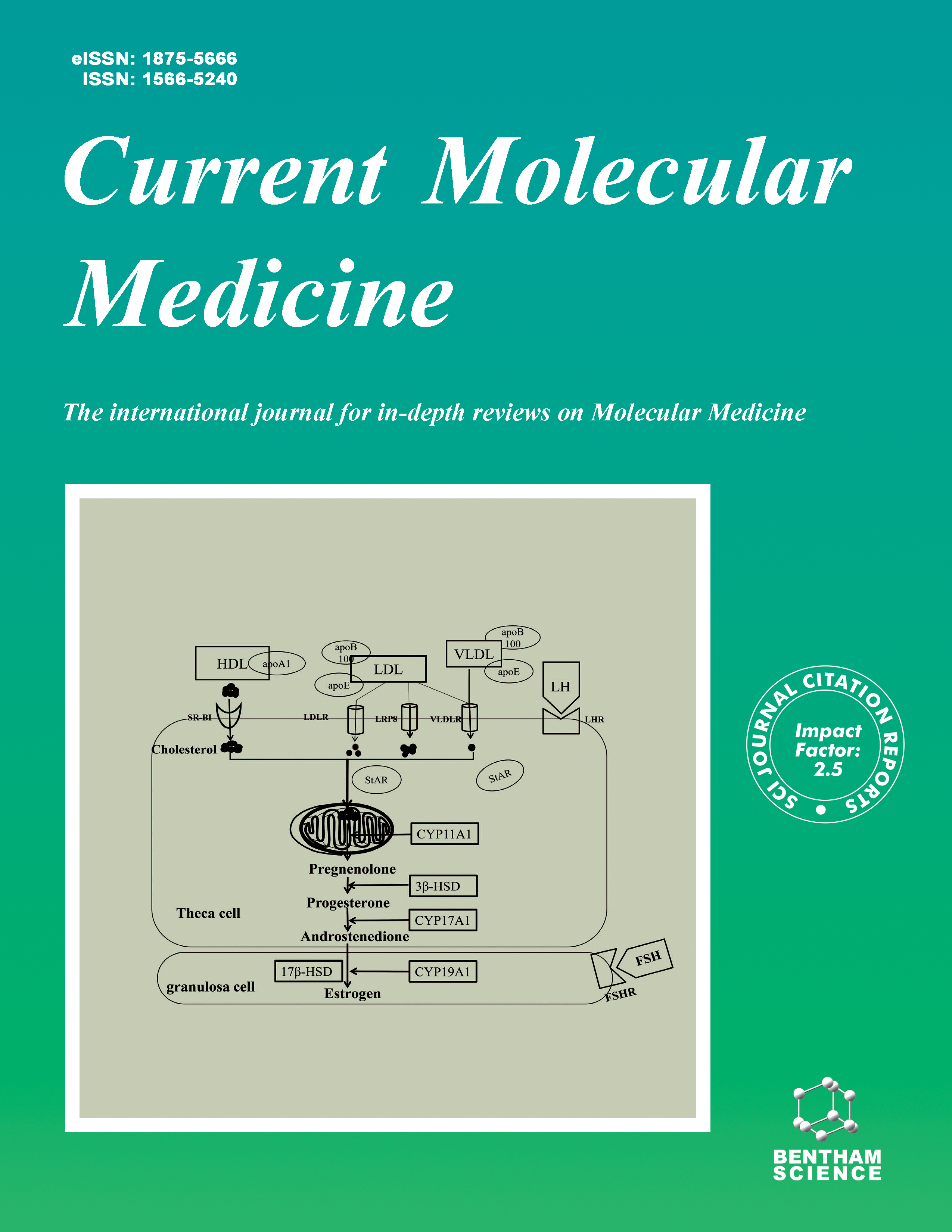
Full text loading...
We use cookies to track usage and preferences.I Understand
As a complex of natural plant compounds, tanshinone is renowned for its remarkable antioxidant properties. However, the potential impact of tanshinone on melanocyte pigmentation regulation has yet to be elucidated. This study aimed to explore the protective effects of tanshinone I (T-I) and dihydrotanshinone (DHT) on melanogenesis by modulating nuclear factor E2-related factor 2 (Nrf2) signaling and antioxidant defenses in human epidermal melanocyte (HEM) cells.
HEM cells and Nrf2 knockdown HEM cells were subjected to ultraviolet A (UVA) and treated with T-I and/or DHT. Then, the anti-melanogenic properties of T-I and DHT were examined by assessing tyrosinase activity, melanogenesis-related proteins, and melanin content in UVA-irradiated HEM cells. Furthermore, the antioxidant activities of T-I and DHT were evaluated by assessing oxidant formation and modulation of Nrf2-related antioxidant defenses, including reactive oxygen species (ROS), glutathione (GSH) content, and the activity and expression of antioxidant enzymes, such as catalase (CAT), heme oxygenase-1 (HO-1), and superoxide dismutase (SOD).
Our findings revealed that T-I and DHT diminished melanogenesis in UVA-irradiated HEM cells, activated Nrf2-antioxidant response element signaling, and enhanced antioxidant defenses in the irradiated cells. Furthermore, Nrf2 knockdown by shRNA abolished the anti-melanogenesis effects of T-I and DHT on HEM cells against oxidative damage.
These results suggest that T-I and DHT inhibit UVA-induced melanogenesis in HEM cells, possibly through redox mechanisms involving Nrf2 signaling activation and increased antioxidant defenses. This indicates that T-I and DHT have potential as whitening agents in cosmetics and medical treatments for hyperpigmentation disorders.

Article metrics loading...

Full text loading...
References


Data & Media loading...

